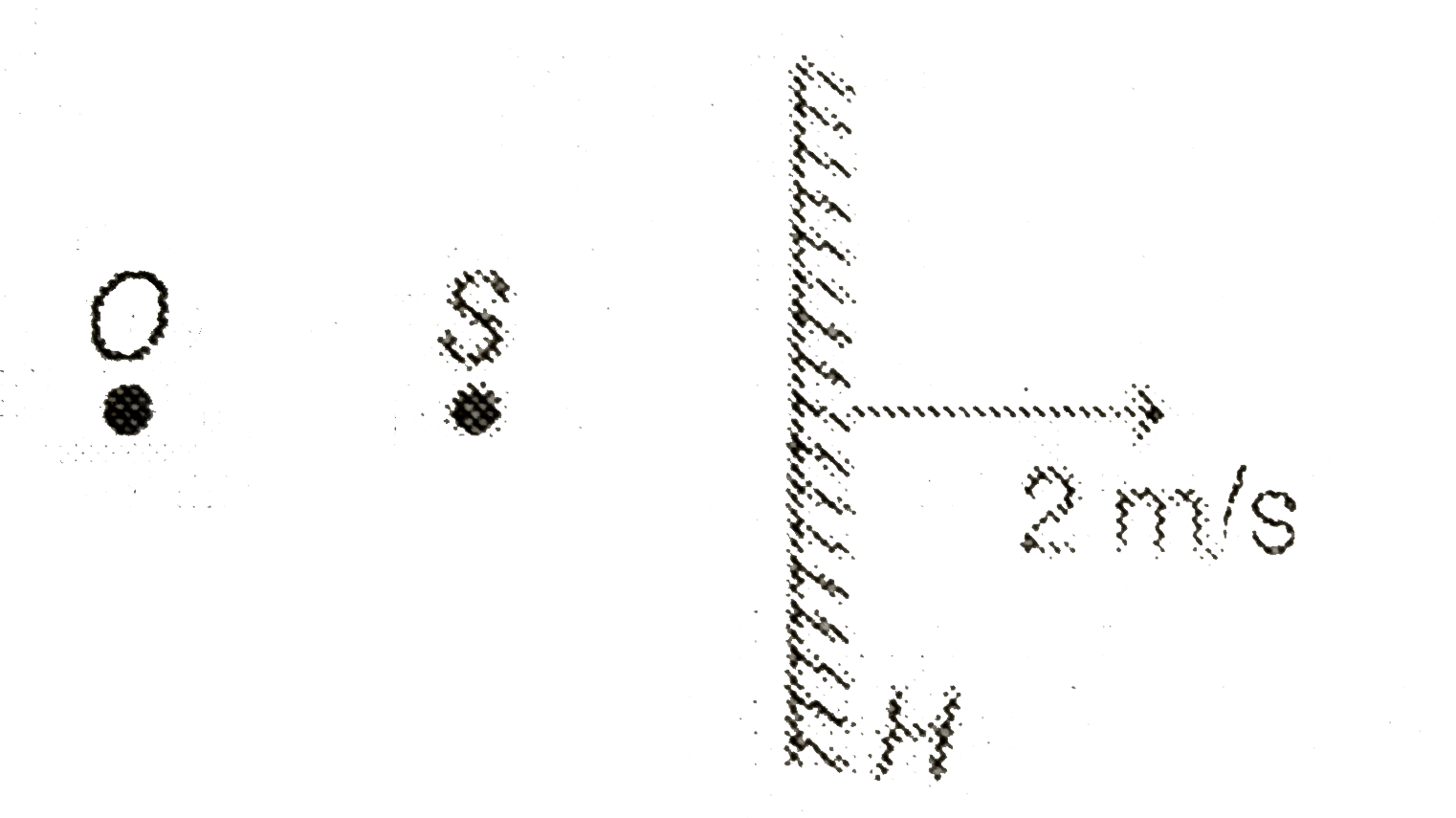The apparent wavelength of light from a star moving away from the earth is 0.02% more than the actual wave length. What is the velocity of star
30km/s
60km/s
90km/s
120km/s
The correct Answer is:B
To solve the problem, we need to determine the velocity of a star moving away from the Earth, given that the apparent wavelength of light from the star is 0.02% more than the actual wavelength.
1. Understanding the Relationship:
We know that when a source of light moves away from an observer, the wavelength of the light appears to increase (redshift). The relationship between the change in wavelength and the velocity of the star can be expressed as:
Δλλ=ΔVc
where:
- Δλ is the change in wavelength,
- λ is the original wavelength,
- ΔV is the change in velocity (relative velocity),
- c is the speed of light.
2. Given Information:
The problem states that the apparent wavelength is 0.02% more than the actual wavelength. This means:
Δλλ=0.02100=0.0002
3. Substituting Values:
We can substitute this value into the equation:
0.00021=ΔVc
Rearranging gives us:
ΔV=0.0002⋅c
4. Using the Speed of Light:
The speed of light c is approximately 3×108 m/s. Now substituting this value:
ΔV=0.0002⋅(3×108) m/s
ΔV=60000 m/s
5. Converting to Kilometers per Second:
To convert this to kilometers per second:
ΔV=600001000=60 km/s
6. Interpreting the Result:
Since we are considering the relative velocity of the star moving away from the Earth, we can conclude:
V=ΔV=60 km/s
Final Answer:
The velocity of the star moving away from the Earth is 60 km/s.
---
We know that when a source of light moves away from an observer, the wavelength of the light appears to increase (redshift). The relationship between the change in wavelength and the velocity of the star can be expressed as:
Δλλ=ΔVc
where:
- Δλ is the change in wavelength,
- λ is the original wavelength,
- ΔV is the change in velocity (relative velocity),
- c is the speed of light.
The problem states that the apparent wavelength is 0.02% more than the actual wavelength. This means:
Δλλ=0.02100=0.0002
We can substitute this value into the equation:
0.00021=ΔVc
Rearranging gives us:
ΔV=0.0002⋅c
The speed of light c is approximately 3×108 m/s. Now substituting this value:
ΔV=0.0002⋅(3×108) m/s
ΔV=60000 m/s
To convert this to kilometers per second:
ΔV=600001000=60 km/s
Since we are considering the relative velocity of the star moving away from the Earth, we can conclude:
V=ΔV=60 km/s
The velocity of the star moving away from the Earth is 60 km/s.
Similar Questions
Knowledge Check
Earth is moving towards a fixed star with a velocity of 30kms−1. An observer on earth observes a shift of 0.58Å in wavelength of light coming from star. What is the actual wavelength of light emitted by star ?
A5800 Ã…B2400 Ã…C12000 Ã…D6000 Ã…A source of sound producing wavelength 50 cm is moving away from a stationary observer with (15)th speed of sound. Then what is the wavelength of sound received by the observer?
A55 cmB40 cmC60 cmD70 cm
The wavelength of light coming from a distant galaxy is found to be 0.5% more than that coming from a source on earth. Calculate the velocity of galaxy.
View SolutionA star is going away from the earth. An observer on the earth will see the wavelength of light coming from the star
View Solutionstar emitting light of wavelength 5896Å is moving away from the earth with a speed of 3600 km / sec . The wavelength of light observed on earth will
(c=3×108m/sec is the speed of light)
View SolutionThe wavelength of light received from a galaxy is 10% greater than that received from identical source on the earth. The velocity of the galaxy relative to the earth is
View SolutionThe spectral line of a given element in the light received from a distant star is shifted towards the longer wavelength by 0.032%. Duduce the velocity of star in the line of sight.
View SolutionA stationary sound sound 's' of frequency 334 Hz and a stationary ovserver 'O' are placed near a reflecting suface moving away from the source with velocity 2 m/s as shown in the figure. If the velocity of the sound waves is air is v= 330 m/s the apparent frequency of the echo is

View Solution
